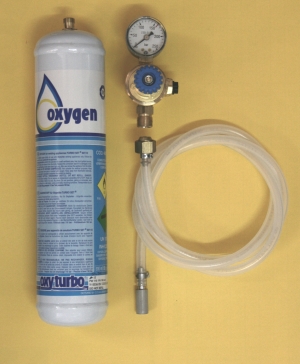chrisluki
Well-Known Member
- Joined
- 5/9/14
- Messages
- 512
- Reaction score
- 221
Hey guys
Sorry for the long post, but this is bugging me and I think I have a gap ion my knowledge that I want fill!
Been hitting my projected OG readings nicely since I adjusted my mill to be a bit finer, but I think there might be something going astray with my methods from the mash tun onwards that is causing my FG readings to be a bit high.
Current batch is a Rogers Clone, in secondary, been fermenting about 10 days in total by now and it is showing a hydro reading of 1.020 which is a few points above my 1.013 target.
I have been doing some reading around the joint and wonder if you guys could comment on your thoughts about some of the causes I have found.
Thanks in advance
Cheers
Luki
Sorry for the long post, but this is bugging me and I think I have a gap ion my knowledge that I want fill!
Been hitting my projected OG readings nicely since I adjusted my mill to be a bit finer, but I think there might be something going astray with my methods from the mash tun onwards that is causing my FG readings to be a bit high.
Current batch is a Rogers Clone, in secondary, been fermenting about 10 days in total by now and it is showing a hydro reading of 1.020 which is a few points above my 1.013 target.
I have been doing some reading around the joint and wonder if you guys could comment on your thoughts about some of the causes I have found.
- Efficiency in Brewsmith - mine was set at 72% from scratch I think. I have read that this might be throwing out my calculated readings in the software. I dont really understand this, but this a typical brew for me...Batch size usually 20l with a Boil size of 23...I put in is 14 litres at initial mash, throw in another 17...but when it comes to bottling I am probably left with more like 13 litres? If I change my efficiency, will this do two things...give me more beer at bottling and raise my FG?
- Mash temperature - I have struggled with this a bit and probably in the last few brews have been more over the target temp than under, sparge water also over target temp. Could this affect it?
- Yeast - I have pretty much used S04 and S05 lately. I usually add the dry yeast to 300ml of water at 40 degrees (like Palmer says) and let it hyrdrate for half an hour or so before addidng to my wort. I have only used one packet each time, but as I said above, I am only fermenting something like 15l, so 1 pack should be fine?
- Aerating my wort - I have heard things about adding oxygen or really shaking the fermenter to add air into the mix. To make sure I have a clearer beer, latelty I have been doing a two-step filter/strain. I run out of my kettle after immersion chilling it, through a sanitised strainer into a sanitised bucket. Then I do the same thing with a strainer into another sanitised bucket and then same again into my fermenter. I figure that this combined with shaking the fermenter should aerate the beer enough...or it could be hurting my brew?
- Ferment Temp - My first few brews were closer to 16 - 18 degrees, but it has been warm lately so my beer might have been getting closer to 18 - 22. Maybe I need to find a cooler spot for the summer months...could I be putting the yeast to sleep?
- Primary to Secondary - I rack off after about 4 - 5 days if gravity is steady. Last couple of readings have been a little high. Maybe i should swirl the liquid a few days in and re-mix the yeast to see if it is still hungry? Maybe I should leave it for longer on the yeast cake?
Thanks in advance
Cheers
Luki





